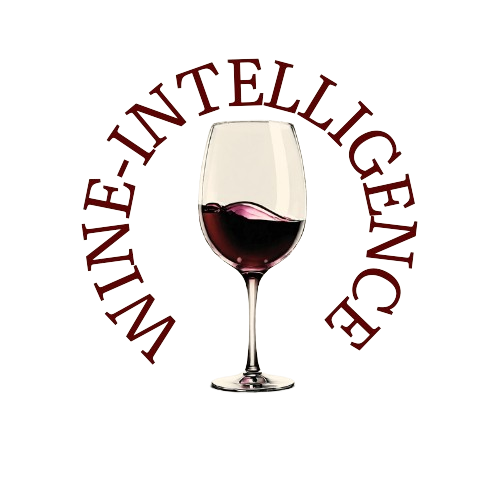Wine consumption in Russia has been on the rise throughout 2024, reflecting evolving consumer preferences, shifting market dynamics, and government regulations aimed at bolstering domestic production.
According to Rosalkogoltobakkontrol, retail sales of still wine reached 46.9 million dal in the first ten months of the year, a modest 0.9% increase compared to the same period in 2023. Sparkling wine saw a more substantial surge, with sales increasing by 10.9% to 16.3 million dal.
This growth aligns with broader production trends. The Ministry of Agriculture reported a 14.4% year-on-year increase in wine production for the January–October period, reaching 53.5 million dal. Notably, sparkling wine production grew by 25%, fortified wine by 42.4%, and still wine by 9.3%.
Rising Prices and Market Impacts
Wine prices have increased significantly in 2024, primarily driven by higher import duties, excise taxes, and logistical challenges. Imported wines, especially from "unfriendly countries," experienced the steepest price hikes, with average increases of 35% compared to 2023. By contrast, Russian wines became more competitive, with price increases averaging 13%.
The most pronounced price growth occurred in lower price segments. Wines previously priced at around 350 rubles now exceed 700 rubles, making them inaccessible to some consumers. This shift has driven demand toward more affordable options, particularly wines from "friendly countries" such as Chile, South Africa, and Georgia.
The increase in duties and excise taxes has been a critical factor. In August 2024, import duties on wine from unfriendly countries rose to 25% of the customs value, while excise taxes for still and sparkling wines increased significantly in May. These measures aim to support Russian winemakers, who benefit from tax deductions that allow reinvestment into vineyards and production facilities.
Changes in Wine Supply and Consumer Preferences
The shifting cost dynamics have altered the geography of wine imports. Sales of domestic wines grew by 6% in 2024, while wines from friendly countries increased by 7%. Conversely, sales of wines from unfriendly countries dropped by 21%. This trend has also encouraged the introduction of wines from new regions such as Serbia, Algeria, and Brazil.
In terms of preferences, Russians are increasingly favoring sparkling and white wines over red. Sparkling wine sales now constitute a significant share of the market, with brut and extra brut styles gaining popularity over traditional semi-sweet options. The Luding Group reports that sparkling and white wines now represent 50% of total sales, a testament to the global trend toward lighter wine styles.
Improving Quality of Russian Wines
The growth in demand for Russian wines is not only attributed to affordability but also to notable improvements in quality. The development of the ZGU/ZNMP system, which designates wines by geographic origin and vineyard, has enhanced the credibility of Russian wines. As winemakers adopt terroir-driven practices and modernize production, domestic wines are earning greater consumer trust.
Industry experts highlight the need for continued investment in production infrastructure, much of which relies on imported technology. From bottling equipment to oak barrels, the cost of imported materials remains a challenge. Nevertheless, the industry is optimistic about scaling up operations to meet growing demand.
Policy Changes and Market Regulation
Government policies on wine sales have been a mixed bag in 2024. While the potential legalization of online alcohol sales remains under discussion, regional restrictions, such as those in the Vologda Region limiting alcohol sales to a narrow time window, have drawn criticism.
On the positive side, regulatory measures mandating a 20% share of Russian wines in store shelves and wine lists have provided a boost to the domestic industry. This initiative aligns with the state’s broader goals of fostering wine tourism and supporting the hospitality sector.
Source: RBC Vino

